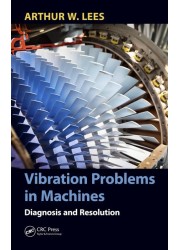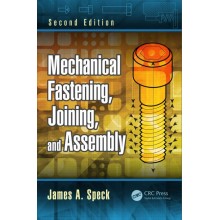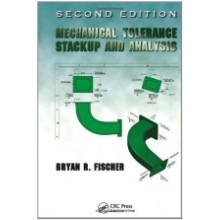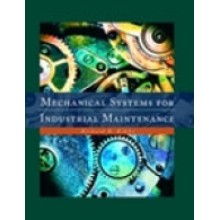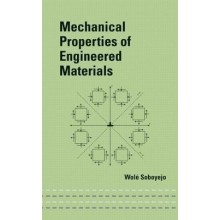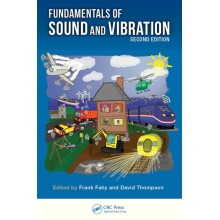Vibration Problems in Machines: Diagnosis and Resolution
Quantity:
-
Add to Compare
Table of Contents
Introduction
Monitoring and Diagnosis
Mathematical Models
Machine Classification
Considerations for a Monitoring Scheme
Outline of the Text
Software
References
Data Presentation
Introduction
Presentation Formats
Comparison with Calculations
Detection and Diagnosis Process
Problems
References
Modelling and Analysis
Introduction
Need for Models
Modelling Approaches
Analysis Methods
Further Modelling Considerations
Summary
Problems
References
Faults in Machines – Part 1
Introduction
Definitions: Rigid and Flexible Rotors
Mass Imbalance
Rotor Bends
Concluding Remarks
Problems
References
Faults in Machines – Part 2
Introduction
Misalignment
Cracked Rotors
Torsion
Non-Linearity
Interactions and Diagnostics
Closing Remarks
Problems
References
Rotor–Stator Interaction
Introduction
Interaction through Bearings
Interaction via Working Fluid
Direct Stator Contact
The Morton Effect
Harmonics of Contact
Concluding Remarks
Problems
References
Machine Identification
Introduction
Current State of Modelling
Primary Components
Sources of Error/Uncertainty
Model Improvement
Application to Foundations
Imbalance Identification
Extension to Misalignment
Future Options
Problems
References
Some Further Analysis Methods
Standard Approaches
Artificial Neural Networks
Merging ANNs with Physics-Based Models
Kernel Density Estimation
Rapid Transients: Vold–Kalman Method
Useful Techniques
Concluding Remarks
Problems
References
Case Studies
Introduction
Crack in a Large Alternator Rotor
Workshop Modal Testing of a Cracked Rotor
Gearbox Problems on a Boiler Feed Pump
Vibration of Large Centrifugal Fans
Low-Pressure Turbine Instabilities
Concluding Remarks
Problems
References
Overview and Outlook
Progress in Instrumentation
Progress in Data Analysis and Handling
Progress in Modelling
Expert Systems
Future Prospects
Summary
References
Write a review
Your Name:Your Review: Note: HTML is not translated!
Rating: Bad Good
Enter the code in the box below:
Copyright © 2014 Engineering Standards Bureau. All Rights Reserved.
Developed By Zoom Into Web


